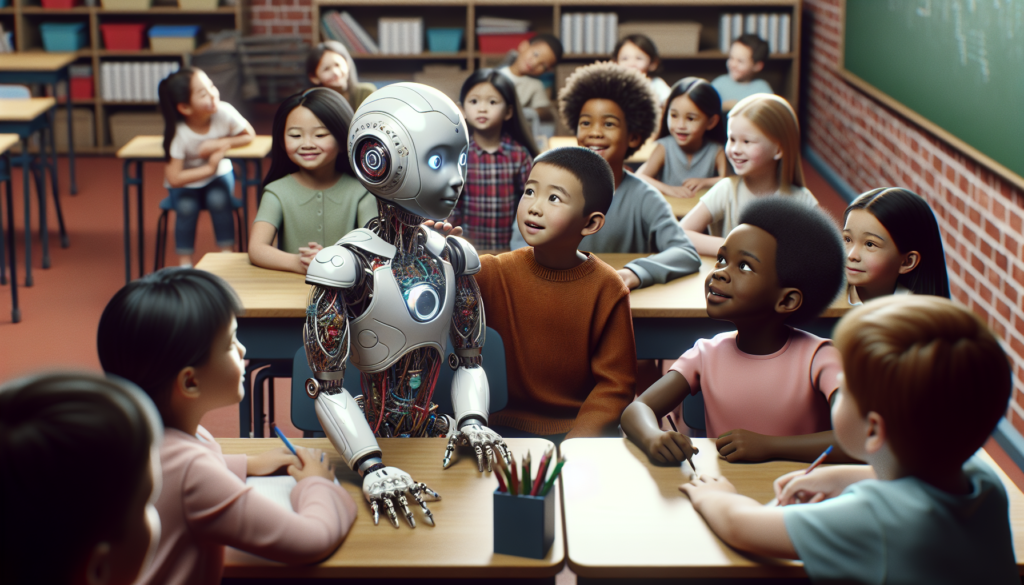Exploring the Frontiers of Humanoid Robotics: Advancements and Real-World Applications
Humanoid robotics, an intriguing field that blends artificial intelligence with mechanical engineering, continually pushes the boundaries of what machines can achieve in human-like forms. This week, we delve into the recent advancements and practical applications of humanoid robots that are starting to reshape industries, healthcare, and everyday life.
The Evolution of Humanoid Robotics
Humanoid robots, designed to mimic human appearance and behavior, have evolved significantly over the past few decades. Here are some pivotal advancements that have shaped the landscape:
- Increased Mobility: Modern humanoid robots have gained enhanced mobility through advanced joint articulation, which allows for smoother and more natural movements.
- Improved Interaction: Integration of AI has enabled these robots to understand and interact with humans through speech and facial recognition technologies.
- Enhanced Autonomy: Developments in sensor technology and AI have led to higher levels of autonomy, enabling these robots to perform complex tasks independently.
Key Players in the Field
Several entities have been at the forefront of humanoid robotics development:
- Boston Dynamics: Known for their robot Atlas, which can perform complex movements such as flips and dynamic running.
- Honda Robotics: Creators of ASIMO, one of the world’s most renowned humanoid robots, known for its ability to walk, run, and navigate complex environments.
- Hanson Robotics: Famous for Sophia, a robot that can display over 60 different human expressions and engage in simple conversations.
Applications in Various Sectors
Humanoid robots are not just laboratory curiosities; they are making their way into various sectors:
Healthcare
- Assistance in surgeries: Robots can assist in precise surgical operations, reducing human error.
- Care for the elderly: Robots like Pepper are being used in countries like Japan to care for the aging population, providing companionship and basic care.
Customer Service
- Reception duties: Humanoid robots are being deployed in hotels and corporate environments to handle reception tasks and provide information to visitors.
Education and Entertainment
- Teaching aids: Robots are increasingly used in classrooms to engage students in interactive learning experiences.
- Theme parks: Disney and other companies use humanoid robots to enhance the interactive experience with characters that can move and respond to park visitors.
Challenges and Ethical Considerations
Despite the advancements, the deployment of humanoid robots comes with challenges:
- Technical Limitations: Issues such as battery life, mechanical wear and tear, and software crashes need to be addressed to ensure reliability.
- Human-Robot Interaction: As robots become more common in everyday settings, ensuring safe and natural interactions with humans is crucial.
- Ethical concerns: The rise of humanoid robots raises questions about job displacement, privacy, and the ethical treatment of robots themselves.
The Road Ahead
The future of humanoid robotics looks promising with continuous improvements in AI and robotics technology. Researchers are focusing on making these robots more adaptable, resilient, and socially aware to seamlessly integrate into human environments.
As we stand on the brink of a new era where humanoid robots become part of our daily lives, it is essential to monitor their development and integration responsibly, ensuring they complement human abilities without replacing the human touch in critical areas.
In conclusion, humanoid robotics is a field ripe with potential, driving forward the capabilities of what machines can do in a form factor that is remarkably human. As we continue to explore this fascinating frontier, the synergy between humans and humanoid robots could redefine our societal norms and how we interact with technology daily.

